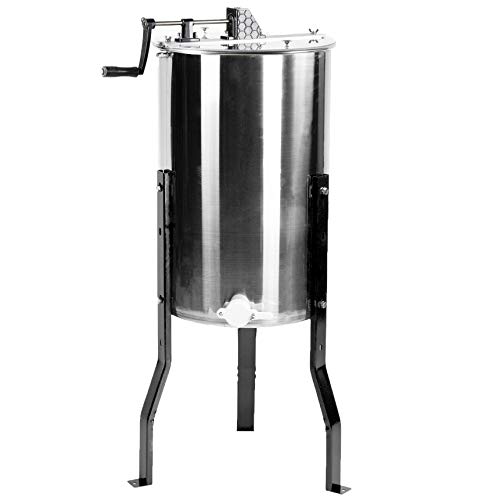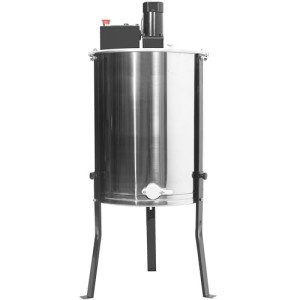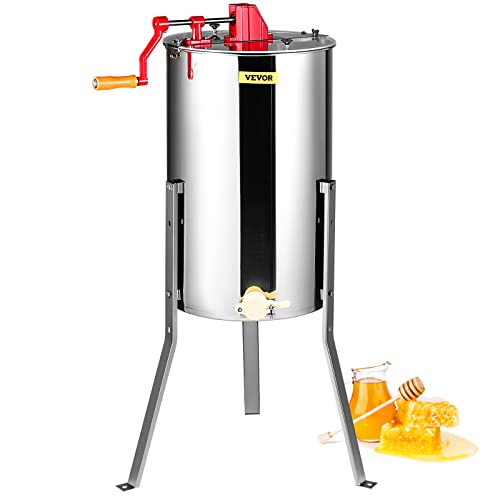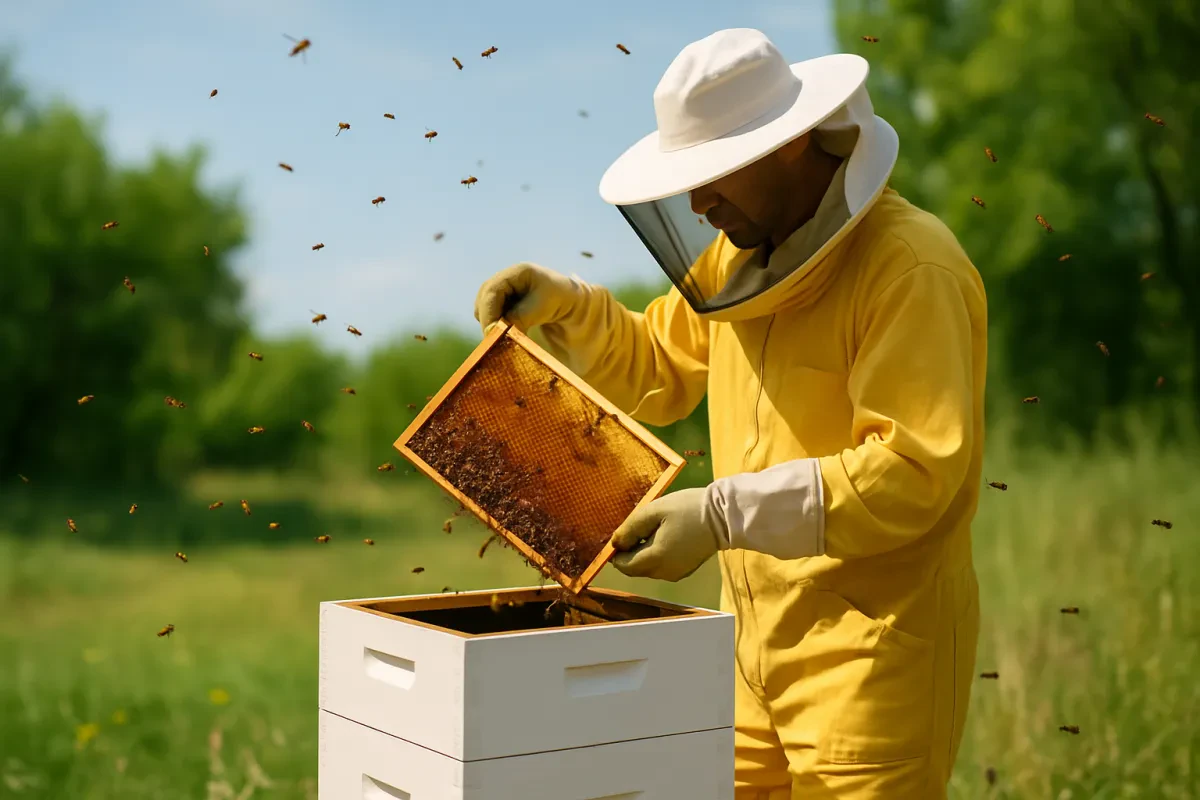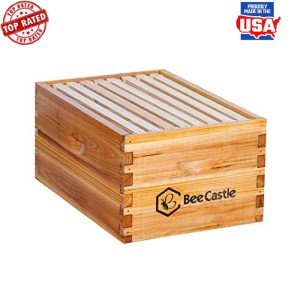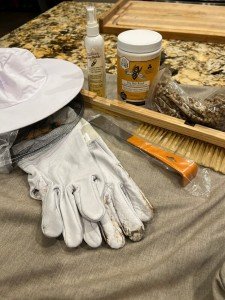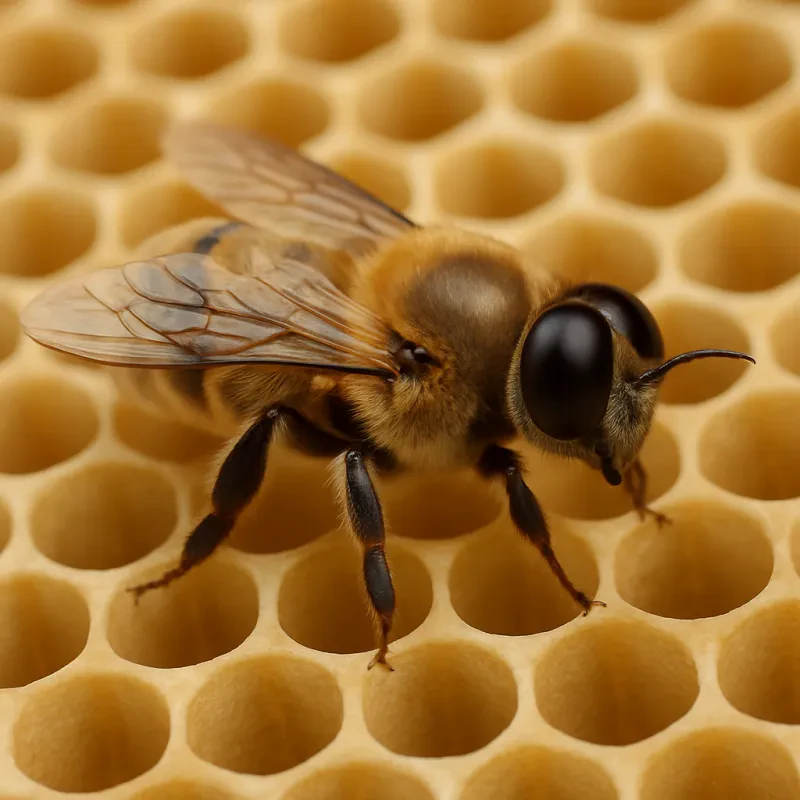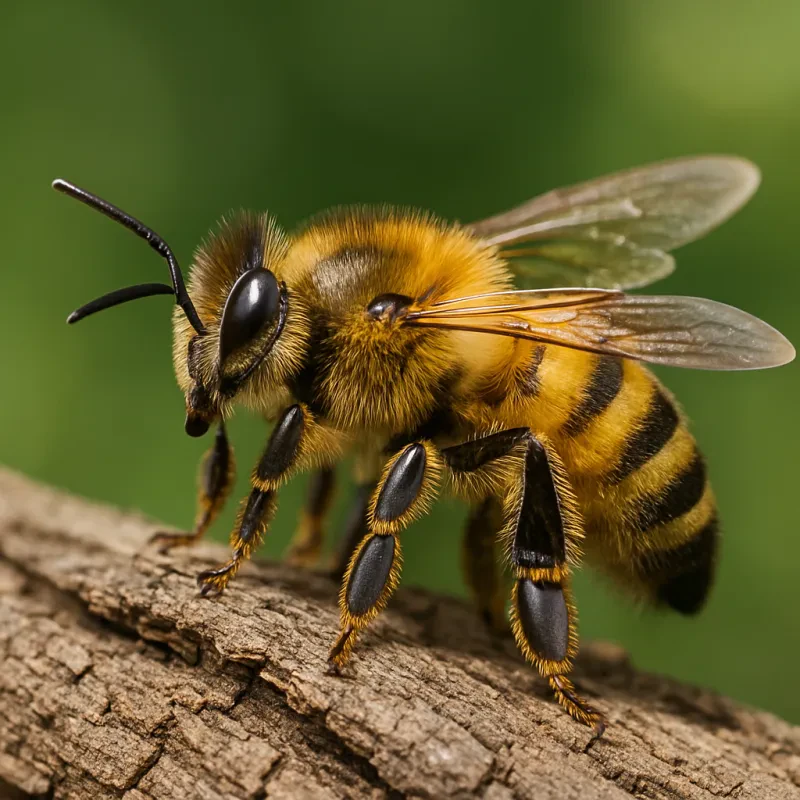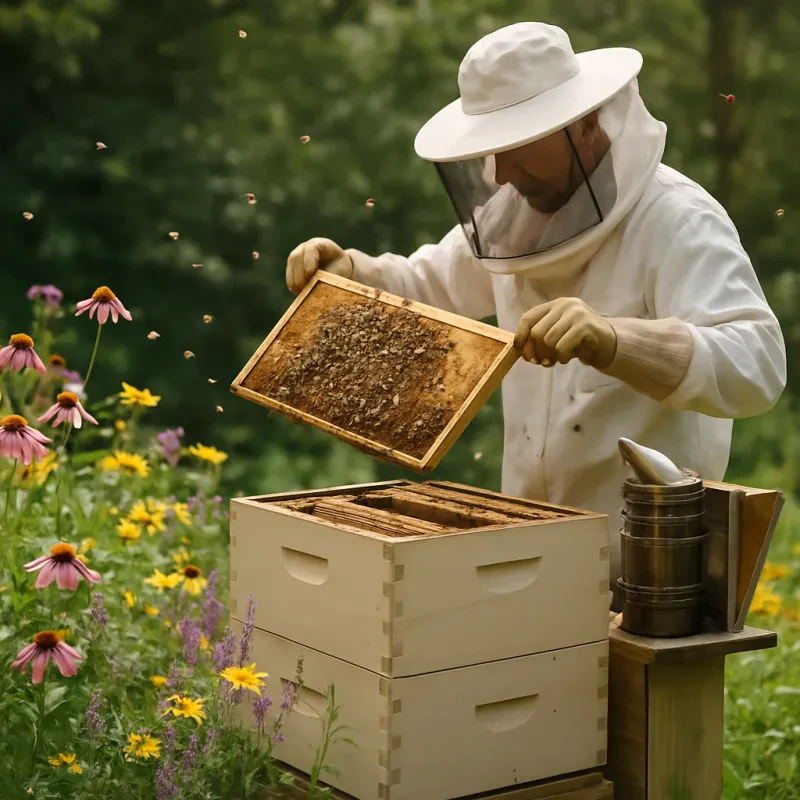Thinking about keeping bees? That's awesome! Beekeeping can be a rewarding hobby, and it’s easier than you might think. Let’s break down the Steps To Successfully Start A Bee Hive in a way that feels manageable.
First things first, choose the right location for your hive. Look for a sunny spot that’s sheltered from strong winds. Bees love warmth and don’t perform well in the cold. Make sure there’s a source of water nearby and some flowers for them to visit. Good site selection helps your bees thrive and keeps them happy.
Next, get all your equipment sorted out. You’ll need a hive kit, which includes the hive body, frames, and foundation. Don’t forget about a bee suit, gloves, and a smoker. The suit keeps you safe from stings while the smoker calms the bees. You want to create a gentle environment for you and your little buzzers.
Now comes the fun part: ordering your bees! You can buy packages or nucs (nucleus colonies). Packages usually come with a queen and a few thousand worker bees. Nucs are smaller colonies with a queen, brood, and food. Either way, make sure you buy from a reputable supplier. Healthy bees start your hive off right.
Once your bees arrive, it’s time to set them up in their new home. Give them some time to get acclimated and make sure they have food, like sugar syrup, if necessary. The Steps To Successfully Start A Bee Hive involve a bit of patience as your bees explore their surroundings. Check in on them regularly to ensure they’re building their colony and staying healthy!
Choosing the Right Hive for You
Choosing the right hive is a big step in your journey to become a successful beekeeper. You’ve got a few options, and they each have their pros and cons. Let’s break it down!
The most popular types are the Langstroth hive and the top-bar hive. Langstroth hives are like the classic option. They’re stackable and make it super easy to inspect your bees. This is a solid choice if you want to harvest honey efficiently and manage bee health easily. They come in different sizes, too, so you can choose what fits your space.
On the flip side, top-bar hives are more natural. They’re designed to let bees build their comb naturally, which can be less stressful for them. If you're looking for a more hands-off approach, this could be a good fit. Just keep in mind that they might not be as efficient for honey production, but they bring a unique beekeeping experience.
Don’t forget about your local climate and space! If you live in a place with extreme weather, consider insulated hives. If you’re tight on space, a nuc (nucleus hive) might be perfect for you. It’s compact and can easily be expanded later.
Take your time with this decision. A little thought now will make your journey through the steps to successfully start a bee hive much smoother. Each type has its charm, and the best choice is the one that fits your beekeeping style and goals. Happy beekeeping!
Unassembled Langstroth Beehive Box Set with Frames
Get everything you need to start beekeeping and create a thriving hive with this easy-to-assemble set
Product information
$82.49 $77.54
Product Review Score
4.39 out of 5 stars
157 reviewsProduct links
Essential Supplies for Your First Hive
Getting your first hive going is super exciting! But before you dive in, you’ll need the right supplies to make sure everything goes smoothly. Let’s go over the essentials you can’t skip.
First up, you’ll definitely need a bee hive kit. This usually includes the hive boxes, frames, and foundation. Look for a kit that fits your needs—Langstroth hives are a popular choice because they’re easy to manage. They’re great for beginners and they give your bees plenty of space to grow.
Next, think about your personal safety gear. You can’t go wrong with a good bee suit, gloves, and a veil. This keeps you protected from unexpected stings as you handle your bees. Trust me, the last thing you want is to be swatting at bees when you’re trying to work. Plus, wearing the right gear makes you feel more confident!
Don’t forget about the smoker! This handy tool helps calm the bees when you're checking the hive. It’s like magic; puffing a little smoke makes the bees less likely to sting. This is key when you learn the Steps To Successfully Start A Bee Hive, as it helps you stay focused and reduces stress for both you and your bees.
Finally, grab some basic tools like a hive tool and a bee brush. The hive tool works wonders for prying apart frames and cutting through any propolis. A bee brush is gentle for moving bees around without hurting them. With these basics, you'll be ready to dive into beekeeping!
Beekeeping Starter Kit: Hat, Gloves, Feed, Brush
Everything you need to kickstart your beekeeping journey and keep your bees happy and healthy
Product information
$35.00
Product Review Score
4.76 out of 5 stars
159 reviewsProduct links
Caring for Your Bees Year Round
Caring for your bees year-round is essential to keeping your hive healthy and productive. Each season has its own set of tasks, and knowing what to do will help you get the most from your beekeeping experience. If you follow these easy guidelines, you'll be right on track with the Steps To Successfully Start A Bee Hive.
In spring, it's all about checking on your bees after the long winter. Open up your hive and look for signs of life. You want to make sure the queen is active and laying eggs. If the hive feels crowded, it's time to think about adding more space with supers. Don’t forget to treat for pests, too; a little prevention goes a long way!
As summer rolls in, your bees will be busy collecting nectar and pollen. Make sure they have enough room to expand, and keep an eye out for any signs of swarming. Regular inspections will help you spot potential issues early. This is also a great time to harvest honey if your hive is thriving—yum!
When fall arrives, it's time to prepare your bees for winter. Check food stores to make sure they have enough to last through the cold months. You might need to add sugar syrup if food is low. Also, make sure they have proper ventilation to prevent moisture buildup. Insulating the hive can help keep your bees warm and cozy!
During winter, your bees will be clustering together inside the hive to stay warm. Resist the urge to open the hive too much, as this can disrupt their temperature and leave them vulnerable. Instead, monitor them from outside and check the entrance to ensure it’s not blocked with snow or ice. Keeping things quiet and stable lets your bees rest up for the busy spring ahead!
